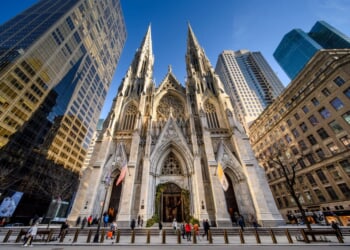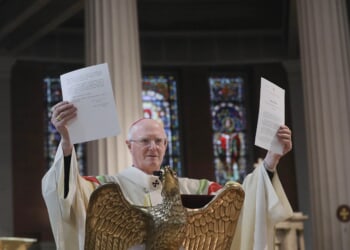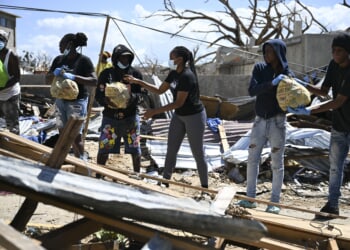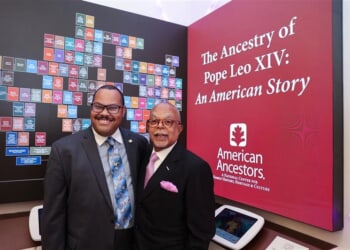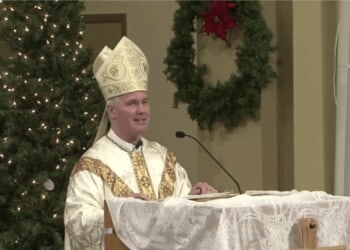When I returned to Canada in 1981, after having lived in the United States for 15 years, then-Prime Minister Pierre Trudeau was in the process of what was called “repatriating” the Canadian Constitution. I remember being appalled by the process and the final result. To be clear, a good argument could be made for doing what the PM was doing. At the time Canada already had a constitution, it was called the British North America Act of 1867, but it was an act passed by the British Parliament when granting Canada independence and as such could only be amended by said Parliament. Since it stemmed from the constitutional tradition of England, the British North America Act was not that bad for what it was, but the idea of devising a made-in-Canada constitution had a lot of merit both because it would give more independence to the country and also provide an opportunity for Canada to craft a formal Bill of Rights that could be referenced moving forward. But, as ever, the devil was in the details and on this score the process and the result were seriously flawed.
What bothered me most about the process was the lack of grassroots participation and open public debate. Canada has no equivalent of The Federalist Papers, which contributed so much to the framing of the American Constitution. Instead, the prime minister and the premiers of the provinces, with advice from government lawyers, hammered things out among themselves with little to no input from ordinary Canadians. The crown jewel of the Act was the Charter of Rights and Freedoms, which is the Canadian equivalent of the American Bill of Rights but without its two most prominent pillars, the First and Second Amendments. So today the Carney administration, as well as that of Justin Trudeau before him, has busied itself with enacting legislation that entail both censorship and the confiscation of legal arms. The repatriation also enabled judicial review of parliamentary legislation, which in Canada, as in the United States, has resulted in judicial activism. Most notably in 1988 in its Morgentaler decision, the Supreme Courts struck down Canada’s abortion law on the basis that it violated the Charter, and, to this day, Canada has no abortion law whatsoever. To be clear, the decision did not enunciate a right to abortion, but it removed all obstacles to abortion on demand at any point of gestation, which for all intents and purposes has had much the same effect. Therefore, in Canada, unlike, say, in Europe, where abortion is generally quite restricted after the first trimester, abortion is available up to the moment just before birth. Moreover, fearing backlash from the pro-choice lobby, since Morgentaler no party has had the courage to try to pass any abortion legislation whatsoever.
There were other lobbies that came into play during the hammering out of the Canadian Constitution. Two special interest groups, namely the aboriginal and women’s rights lobbies, insisted on being given special recognition within the document. Moreover, when it was proposed that property rights be enshrined in the Constitution, the New Democratic Party (NDP), Canada’s socialist party, came out adamantly opposed to it, and so this never happened. It must be remembered that the right of the citizen to own property is a prominent feature of classical liberal philosophy going back to the 17th century Enlightenment. Thus, in his Second Treatise on Government, John Locke wrote:
Though the earth, and all inferiour creatures, be common to all men, yet every man has a property in his own person: this nobody has any right to but himself. The labour of his body, and the work of his hands, we may say, are properly his. Whatsoever then he removes out of the state that nature hath provided, and left it in, he hath mixed his labour with, and joined to it something that is his own, and thereby makes it his property. It being by him removed from the common state nature hath placed it in, it hath by this labour something annexed to it, that excludes the common right of other men. For this labour being the unquestionable property of the labourer, no man but he can have a right to what that is once joined to, at least where there is enough, and as good, left in common for others.
This principle is what underpins the process of homesteading, of pioneering, and generally of “settling the land,” to use an expression so hated by the Marxists and World Economic Forum (WEF) — “you will own nothing” — types. Anyone who has read about the extreme hardship of homesteading, or of pioneering life in general, knows how backbreaking was the labor needed to make a claim to ownership of the land.
On the other hand, this philosophy naturally has no meaning to peoples who live a nomadic life. Theirs is rather more like the life of campers. They arrive somewhere with their portable living quarters, exploit the environment by hunting, fishing, and foraging, and, when they have depleted it, move on to repeat the cycle elsewhere. Therefore, the idea of private land ownership and of boundaries is foreign to them. This is not to say that nomads never fought over a particular territory. On the contrary, fighting over and displacing one another from a territory that was particularly fruitful was a feature of this way of life.
During the early days of settling of Canada by Europeans, the relationship between the colonists and the Aboriginal population varied over time and place. It was collaborative during the era of the fur trade and discordant at other times, but eventually the settlers became dominant and treaties were written and signed to settle disputes. But they were never properly settled.
This issue came up recently in a case in British Colombia where an aboriginal band made claim to a huge area in and around the city of Richmond. In Juno News, lawyer Peter Best writes:
The worst thing that can happen to a property owner isn’t a flood or a leaky foundation. It’s learning that you don’t own your property – that an Aboriginal band does. This summer’s Cowichan Tribes v. Canada decision presented property owners in Richmond B.C. with exactly that horrible reality, awarding Aboriginal title to numerous properties, private and governmental, situated within a large portion of Richmond’s Fraser River riverfront area, to Vancouver Island’s Cowichan Tribes. For more than 150 years, these properties had been owned privately or by the government. The Cowichan Tribes had never permanently lived there.
But B.C. Supreme Court Justice Barbara Young ruled that because the lands had never been formally surrendered by the Cowichans to the Crown by treaty, (there were no land-surrender treaties for most of B.C.), the first Crown grants to the first settlers were in effect null and void and thus all subsequent transfers down the chain of title to the present owners were defective and invalid.
So, this is where the negotiations have begun, and who knows where they will end. The evidence for this claim provided by the Band is all hearsay and oral tradition, and, in making her decision, Justice Young acknowledged this fact, but, flouting the normal evidentiary demands of Canadian law, accepted it anyway. Best also observed, “She thanked Aboriginal witnesses with the word ‘Huychq’u,’ which she omitted to translate for the benefit of others reading her decision.”
One cannot help but imagine that this judge must have felt good about herself in writing this decision. After all, she’s in the vibe. Canada is big on “land acknowledgments.” One hears them preceding most public events and even some private ones. There’s nothing like the warm and fuzzy feeling that some folks get in their chests from this type of virtue signaling. But it’s not all about feeling good. As one can see from this case in British Colombia, this kind of thinking and feeling can have enormous consequences when translated into action in the real world. And not for the common good.

![Scott Bessent Explains The Big Picture Everyone is Missing During the Shutdown [WATCH]](https://www.right2024.com/wp-content/uploads/2025/11/Scott-Bessent-Explains-The-Big-Picture-Everyone-is-Missing-During-350x250.jpg)


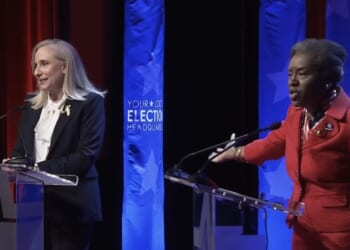
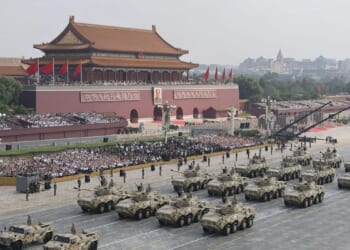

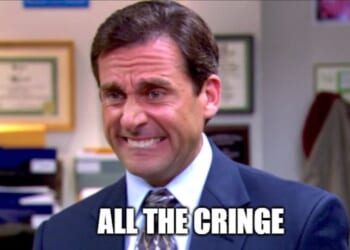
![Trump and X Users Brutally Mock ‘No Kings’ Protests with Hilarious Memes and AI Video [WATCH]](https://www.right2024.com/wp-content/uploads/2025/10/Trump-and-X-Users-Brutally-Mock-‘No-Kings-Protests-with-350x250.jpg)
![Trump Authorizes Deadly Force Against Antifa Terrorists in Portland [WATCH]](https://www.right2024.com/wp-content/uploads/2025/09/Trump-Authorizes-Deadly-Force-Against-Antifa-Terrorists-in-Portland-WATCH-350x250.jpg)
